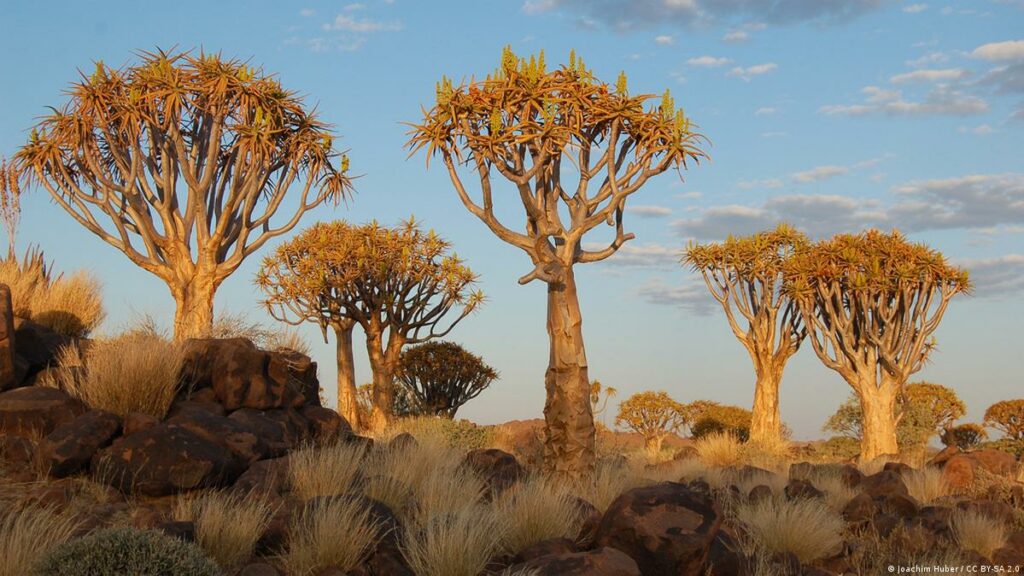Shifting Sands: Unraveling the Impact of Warming on Africa’s Landscape

Introduction:
The specter of climate change looms large over the African continent, where rising temperatures and shifting weather patterns threaten to reshape the very fabric of the landscape. From the sprawling deserts of the Sahara to the lush rainforests of the Congo, Africa is experiencing the far-reaching effects of global warming. In this comprehensive exploration, we delve into the multifaceted impact of climate change on Africa, examining how rising temperatures, changing precipitation patterns, and ecological shifts are shaping the continent’s ecosystems, economies, and the lives of its people.
Section 1: The Warming African Climate
1.1 Temperature Trends:
Africa, like the rest of the world, is witnessing a rise in temperatures attributed to human-induced climate change. The Intergovernmental Panel on Climate Change (IPCC) reports that temperatures across the continent have increased at a rate higher than the global average, with some regions experiencing more pronounced warming.
1.2 Changing Rainfall Patterns:
The intricate balance of Africa’s ecosystems relies heavily on the predictable rhythms of rainfall. However, climate change is altering these patterns, leading to increased variability, prolonged droughts, and intense rainfall events. The consequences of these shifts reverberate through agriculture, water resources, and biodiversity.
Section 2: Impact on African Ecosystems
2.1 Desertification in the Sahel:
The Sahel, a semi-arid region stretching across the northern part of Africa, is particularly vulnerable to desertification. Rising temperatures and erratic rainfall contribute to soil degradation, making it difficult for vegetation to thrive. This process exacerbates the expansion of the Sahara Desert, encroaching on arable land and threatening livelihoods.
2.2 Threats to Biodiversity:
Africa is renowned for its rich biodiversity, but climate change poses significant threats to numerous species. The changing climate disrupts ecosystems, affecting the distribution and behavior of wildlife. Iconic species such as elephants, lions, and rhinoceroses face challenges as their habitats undergo alterations.
Section 3: Agriculture and Food Security
3.1 Vulnerability of Subsistence Farming:
Agriculture is the backbone of many African economies, providing livelihoods for a substantial portion of the population. Subsistence farmers, however, are particularly vulnerable to the impacts of climate change. Erratic rainfall, increased temperatures, and more frequent extreme weather events disrupt traditional farming practices and threaten food security.
3.2 Adaptation Strategies:
In the face of these challenges, communities across Africa are developing adaptive strategies. These include the adoption of drought-resistant crops, improved water management practices, and the introduction of innovative technologies to enhance agricultural productivity while minimizing environmental impact.
Section 4: Water Resources and Hydropower
4.1 Scarce Water Resources:
Africa’s water resources are under increasing stress due to climate change. Changes in precipitation patterns and rising temperatures contribute to water scarcity in many regions. This scarcity poses challenges for agriculture, industry, and the daily lives of millions of people who depend on reliable access to water.
4.2 Hydropower Dilemmas:
Hydropower, a significant contributor to Africa’s energy mix, is also impacted by changing hydrological patterns. Fluctuations in river flows and water availability can affect the reliability of hydropower generation, highlighting the need for diversified and resilient energy sources.
Section 5: Human Health and Migration
5.1 Health Risks:
The warming climate brings about various health risks for African populations. Increased temperatures contribute to the spread of vector-borne diseases such as malaria and dengue fever. Extreme heat events also pose direct threats to human health, particularly in urban areas with limited access to cooling resources.
5.2 Climate-Induced Migration:
The changing climate can influence patterns of human migration. Disruptions in agriculture and livelihoods, coupled with environmental degradation, may contribute to climate-induced displacement. Vulnerable communities, particularly those in low-lying coastal areas and arid regions, may face challenges in adapting to these changes.
Section 6: Coastal Vulnerabilities
6.1 Rising Sea Levels:
Africa’s extensive coastline is not immune to the impacts of climate change, with rising sea levels posing a threat to coastal communities. Low-lying areas, including major cities, face increased risk of inundation, saltwater intrusion, and the erosion of valuable coastal ecosystems.
6.2 Impacts on Fisheries:
Coastal ecosystems, vital for fisheries and marine biodiversity, are also affected. Warming sea temperatures, ocean acidification, and changes in currents can disrupt fish habitats, impacting fish stocks and the livelihoods of communities dependent on marine resources.
Section 7: International Collaboration and Adaptation Strategies
7.1 The Role of International Agreements:
Global efforts to address climate change, exemplified by agreements such as the Paris Agreement, acknowledge the importance of international collaboration in mitigating the impacts of a warming planet. African nations are actively engaged in these agreements, advocating for equitable solutions and support for adaptation efforts.
7.2 Community-Led Adaptation:
Local communities across Africa are at the forefront of adapting to climate change. Indigenous knowledge, community-based initiatives, and participatory approaches empower people to develop and implement adaptation strategies that suit their specific contexts.
Section 8: Mitigation and Sustainable Development
8.1 Renewable Energy Transition:
As Africa grapples with the impacts of climate change, there is a growing recognition of the need to transition towards renewable energy sources. Solar, wind, and hydroelectric power present sustainable alternatives that can help reduce reliance on fossil fuels and curb greenhouse gas emissions.
8.2 Sustainable Development Goals:
The United Nations’ Sustainable Development Goals (SDGs) provide a framework for addressing the intertwined challenges of climate change, poverty, and inequality. African nations are aligning their strategies with the SDGs, emphasizing the importance of inclusive and sustainable development.
Conclusion:
As Africa contends with the shifting sands of a warming climate, the continent stands at a critical juncture in its history. The impacts of climate change are far-reaching, affecting ecosystems, economies, and the daily lives of millions. Yet, amidst these challenges, there is resilience, innovation, and a collective determination to forge a sustainable future. By embracing adaptive strategies, fostering international collaboration, and championing sustainable development, Africa endeavors to navigate the complexities of climate change and safeguard the diverse landscapes that define its identity.




